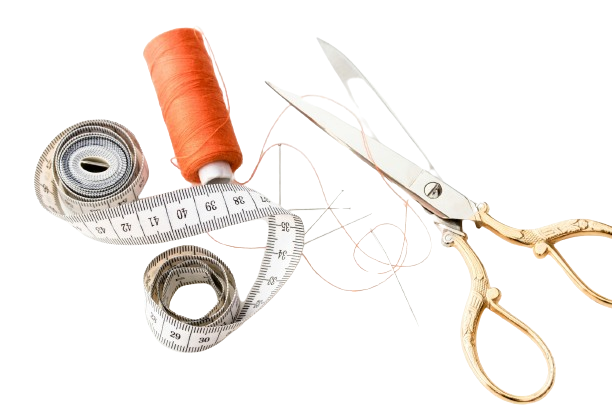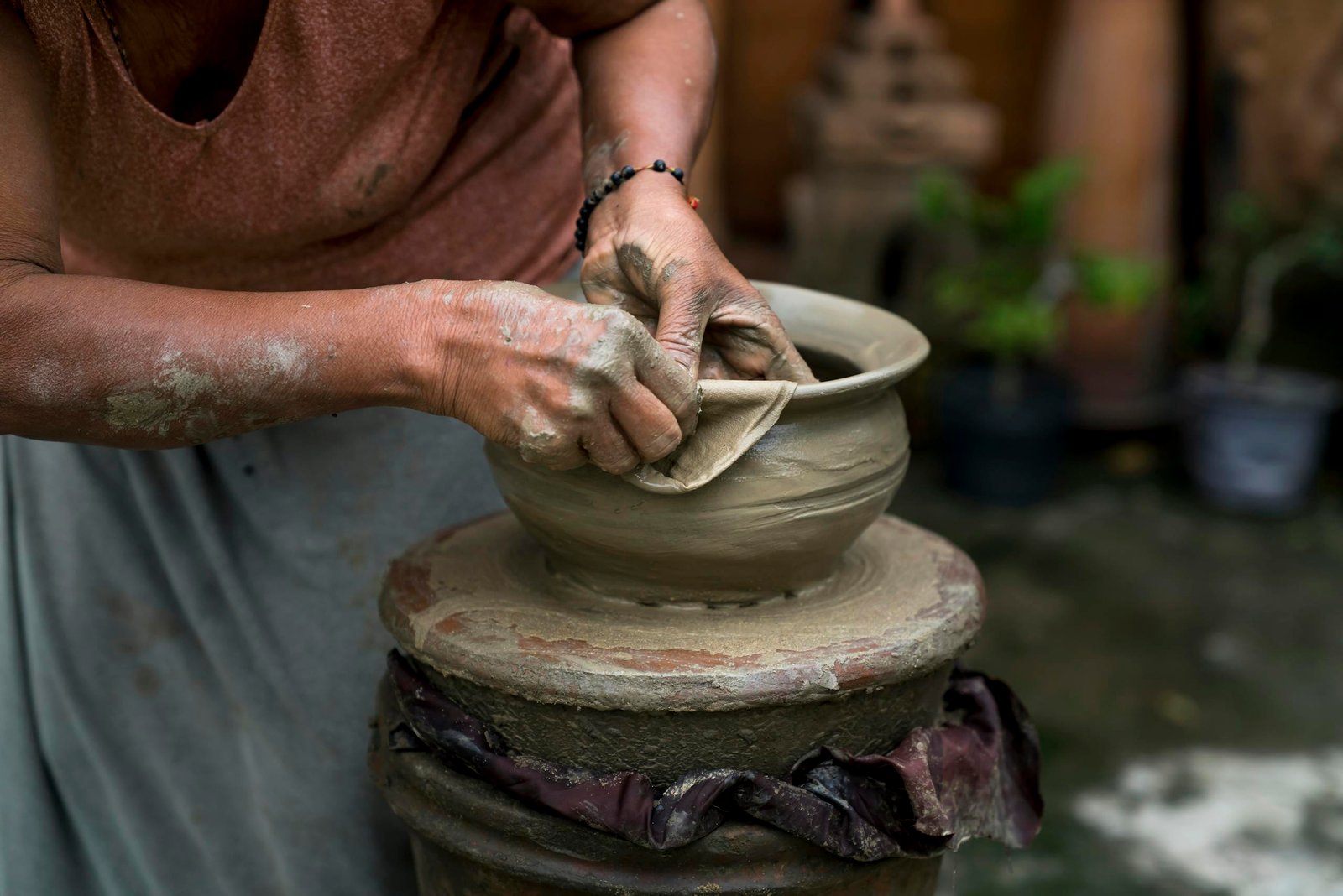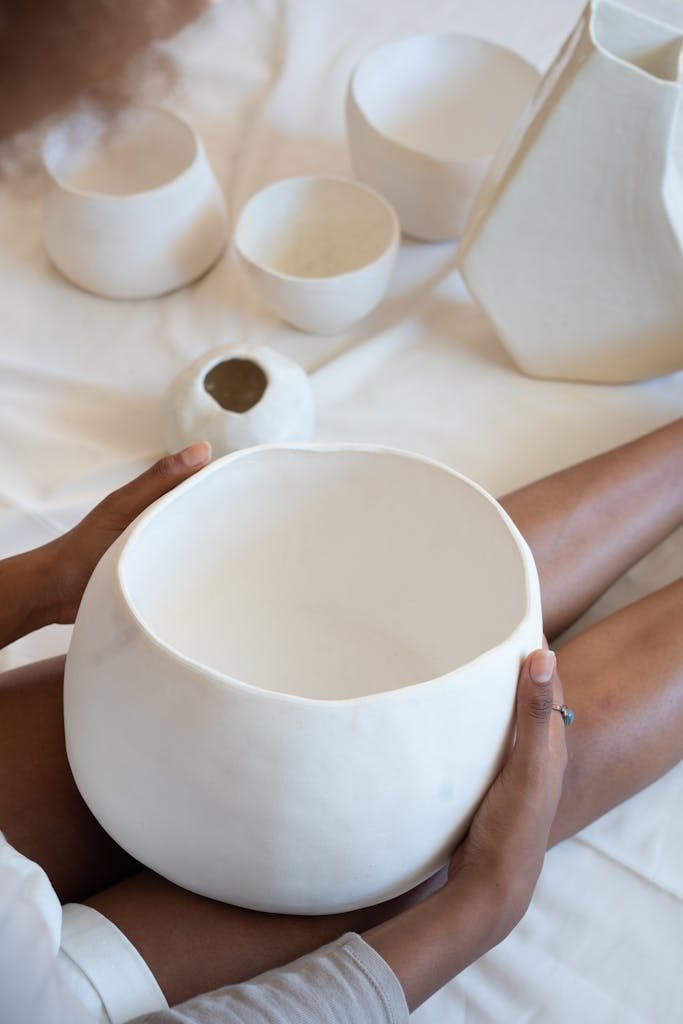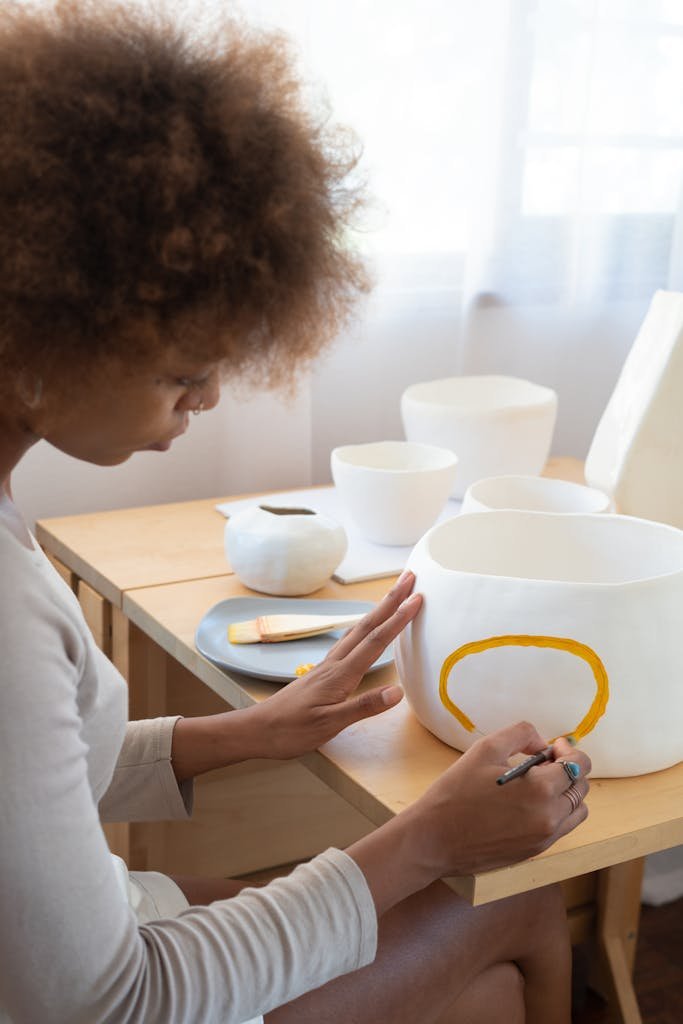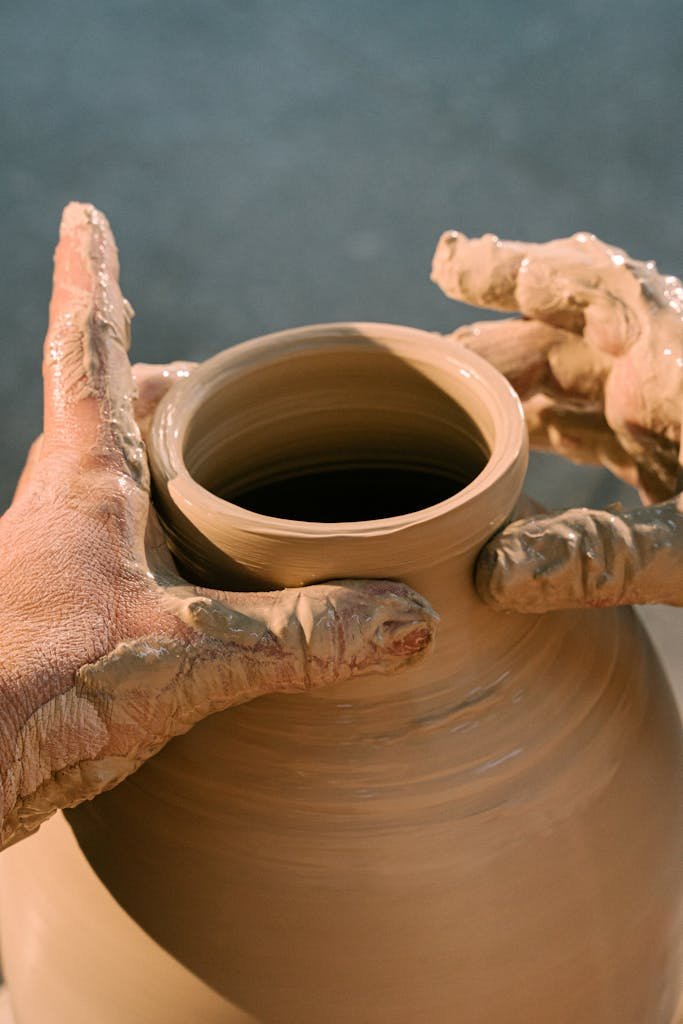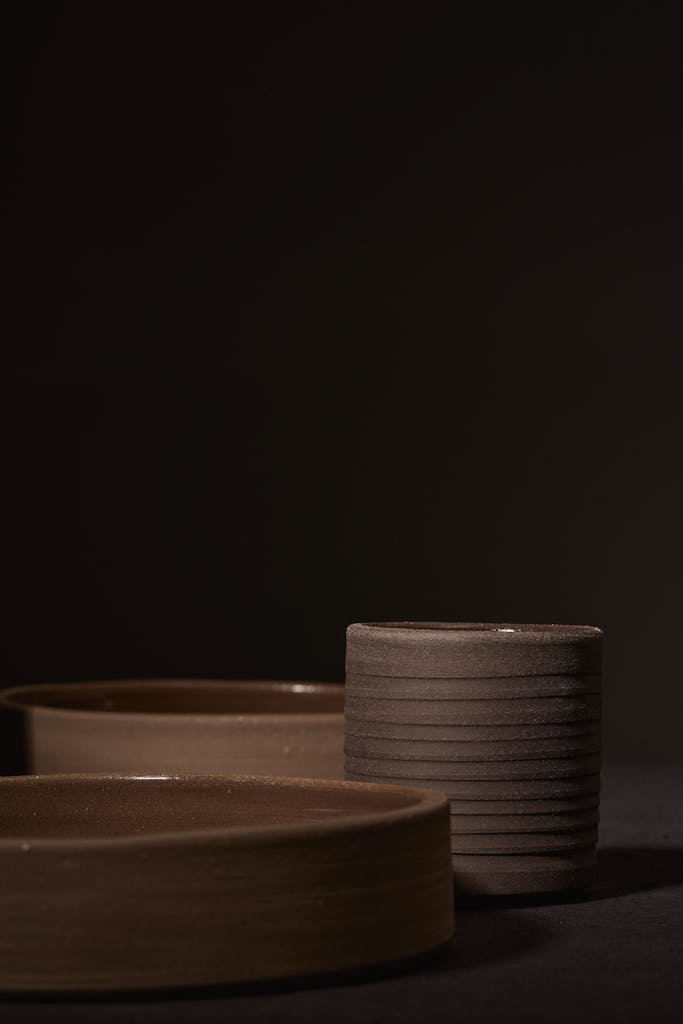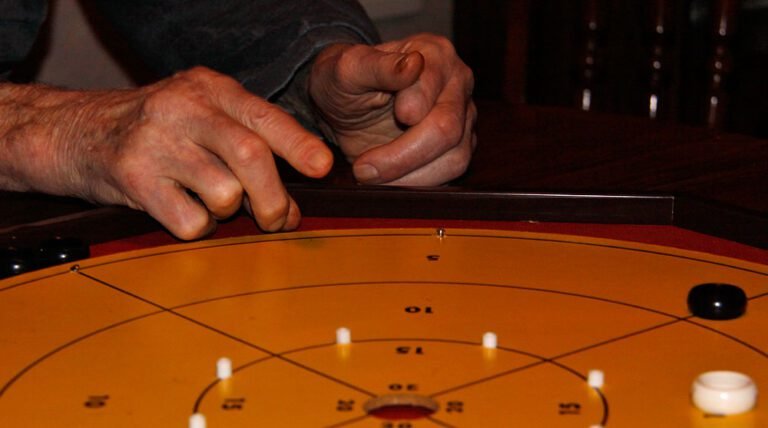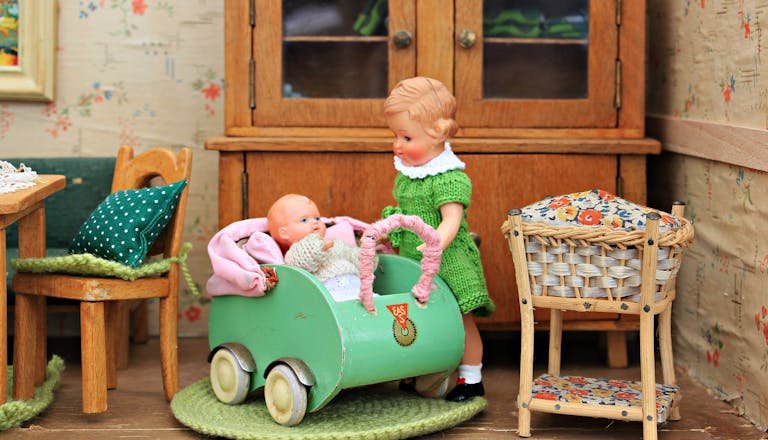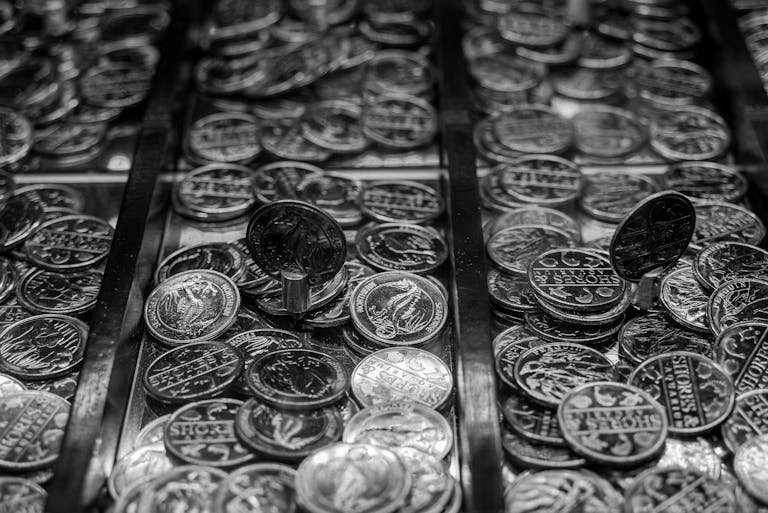What is Low Fire Clay?
Among all types of ceramics, low-fire clay can be considered one of the most versatile and easy materials to work with, both for professionals and beginners. Characterized by rich glazes and simple workability, low-fire clay has cemented its status as a reliable material in studios and educational institutions worldwide. In this article, the reader will find out more about What is Low Fire Clay? , delving into its characteristics, uses, and methods of making it exquisite masterpieces. From professional pottery to beginner, low-fire clay is one of the most promising materials out there, and it is not only intriguing but also enjoyable at the same time.
Definition of Low-Fire Clay
Low-fire clay, also known as earthenware clay, is a type of ceramic clay fired to a relatively low temperature. Usually, maturing that makes wood hard and non-porous happens between 1,650 and 2,000 degrees Fahrenheit (900- 1,093 degrees Celsius). Due to its relatively low firing temperature, it is versatile for use in different art forms and various practical items and is good for novices.
Composition of Low-Fire Clay
Low-fire clay usually contains fine particles of clay minerals like kaolinite and additions, including silica, feldspar, and grog. These components play an essential role in determining its properties and firing profiles.
Common Uses of Low-Fire Clay
Pottery
Low-fire clay is used to make most household pottery items, such as plates, bowls, and mugs. Due to its simplicity, this material is a favorite of potters.
Sculptures
Low-fire clay is preferred for sculptures because it is workable and can hold good details.
Tiles
Another area of use is tiled decorations, which clearly demonstrate clay’s potential as a decorative material.
Educational Projects
Low-fire clay is common in schools and community centers during art and ceramics classes and workshops because it is easy to handle.
Properties of Low Fire Clay
Plasticity
Another feature that distinguishes low-fire clay from other clays is its plasticity. This means that it is highly workable and easily manipulable, ideal for designing complex patterns and fine works.
Porosity
While low-fire clay is still relatively permeable after firing, it can absorb water, especially if not glazed. This porosity is a double-edged sword: whereas it permits a spectacular glazed look, it signifies that low-fire clay is not always appropriate for culinary items that require liquid support.
Color Variations
Commercial low-fire clays are available in various colors, from conventional earthen reds to creamy whites. These natural colors can infuse the finished pieces with an earthy look even before glazing or surface decoration.
How to Use Low-Fire Clay
Low-fire clay is easy to use and can be used in various creations or projects. Here is how to use it effectively:
Preparing the Clay
Wedging the Clay
One of the initial activities you need to undertake before modeling is wedging. This is the process of shaping the clay by compacting it to release air and achieve a consistent porosity. Wedging can also lead to cracks during firing, so this step is very important.

- Manual Wedging: With your hands, make folding and pressing movements on the clay for several times. In other words, you need to mix it like you’re kneading dough.
- Using a Wedging Machine: If you can access a wedging machine, you could save time and make the wedges uniform.
Conditioning the Clay

After wedging, you toss the clay by hand to condition it through kneading. This makes the clay more flexible and easier to model or apply, as the case may be.
Shaping Techniques
Hand building
Handbuilding involves shaping the clay manually using various techniques:
- Pinching: Take a small amount of clay in your hand, and then use your fingers to pinch the clay into the required shape.
- Coiling: Knead the clay drag it through ropes and coil them to construct forms.
- Smoothing: Smooth the surface of your piece using only your hand or other tools if necessary.

Throwing on the Potter’s Wheel
If you have access to a potter’s wheel, you can throw your clay and create symmetrical shapes. It does take some time to master, but it affords an incredible amount of control over one’s artwork.
Sculpting

Specialized tools are used to cut and mold the clay to achieve finer details and more complex patterns. This is a perfect method for making accurate figurines or complex patterns quickly.
Drying the Clay

After forming your piece into the desired shape, it is usually dried slowly to prevent cracking. Depending on the thickness of the clay used, drying may take several days, while firing takes hours.
- Room Temperature Drying: Store your piece in a cool, dry area.
- Avoid Quick Drying: Rapid drying can lead to cracks, so be patient.
Firing the Clay
It’s ready for firing when your piece is completely dry and leather-hard (slightly pliable but not sticky).
Bisque Firing
The first, bisque firing, occurs at a lower temperature. This process hardens the clay and makes it ready for glazing.
- Loading the Kiln: Place your pieces in the kiln with enough space between them to allow for even heating.
- Bisque Firing Temperature: Typically between 1,650 to 1,800 degrees Fahrenheit.

Glaze Firing
After bisque firing, you can apply glazes to your piece to decorate it and make it watertight. Glazes come in various colors and finishes.
- Applying Glaze: Brushes, dipping, or spraying techniques are used to apply the glaze.
- Final Firing Temperature: Fire the glazed piece at the final maturation temperature, usually between 1,800 to 2,000 degrees Fahrenheit.
Final Touches
Once the final glaze firing is complete and the piece is cool, it’s ready for use or display. Inspect your work for any imperfections, and enjoy the fruits of your labor.
Benefits of Using Low-Fire Clay
Accessibility
Low fire clay is also resistant to high temperatures and can be fired in different kilns, including the electric kilns, which are more common among people interested in pottery.
Versatility
While functional pottery is the most common use for low-fire clay, it can also be used for decorative sculptures.
Cost-Effective
Due to its ability to mature at relatively low temperatures, it is comparatively cheaper to fire than high-fire clays, which makes it ideal for amateurs.
Vibrant Glazes
Low-fire glazes are characterized by the brightness of the color used, which increases the level of imagination in the creations.
Tips for Working with Low-Fire Clay
Start Small
Beginners should avoid going for large projects because it may frustrate them should things go wrong.
Keep It Moist
Clay tends to crack and become hard when it dries, so it needs to be kept moist when in use. To do this, cover it with plastic.
Use Proper Tools
Purchase a few core clay making utensils, such as a needle tool, wire cutter, and different shaping tools, for the purpose.
Practice Patience
The drying and firing processes require time. Failure in any of these steps or rushing through them may result in poor outcomes.
Troubleshooting Common Issues
Cracks During Drying
If your piece cracks during drying, it might be drying too fast. You can control the rate of evaporation by placing a plastic sheet over it or keeping it inside a chamber with high humidity.
Glaze Defects
Scales, bubbles, or uneven glazing are typical defects resulting from a wrong application or firing process. Make sure to stir the glaze well before applying it and apply it uniformly.
Warping
If the piece has warped during firing, it may be due to equal thickness or lack of sufficient support while drying and firing. Your pieces should be of equal thickness and properly backed up.
Safety Considerations
Handling Clay
It is advisable to wash your hands after coming into contact with clay so that you do not consume any contaminated particles.
Using the Kiln
Kilns can become very hot, so all rules should be strictly followed, and protective equipment should be used when necessary.
Read Also: Top 3 Methods How To Make A Garter
Final Words
This fired clay is one of the most suitable materials to work with because of its availability and the opportunities it opens to the imagination. Whether you are making vases, ornate sculptures, or individual decorative tiles, low-fire clay and the properties of the material, as well as recommended techniques, will allow the creation of beautiful, durable objects. Always ensure that you spend adequate time with each step, from wedging to shaping, from drying to firing, so that you can get the best results.
